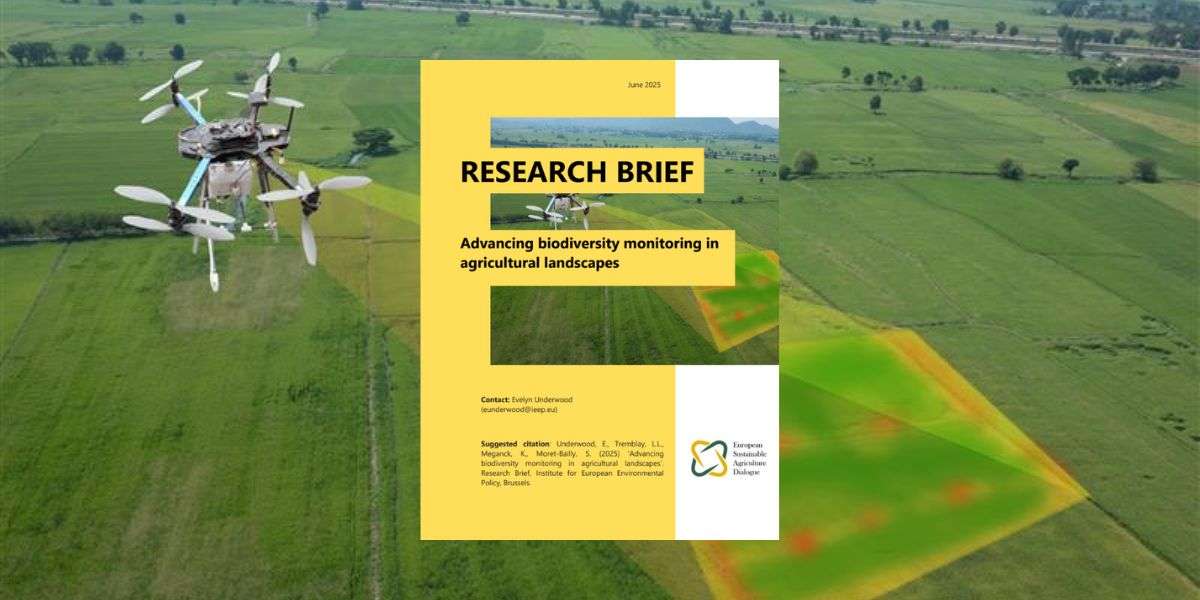AUTHOR: Evelyn Underwood, Laure-Lou Tremblay, Kenny Meganck, Shiraz Moret-Bailly
This briefing gives an overview of innovations in biodiversity monitoring in agricultural landscapes and discusses some advantages and limitations of how new techniques can inform policy.
Rapid progress in technology is generating much larger biodiversity data sets, with higher frequency, scope, and detail than just a few years ago. Some methods are already used effectively to inform policy or are currently being integrated. Others still require development to become a reliable standard.
More work is needed to encourage biodiversity data sharing and interoperability and to develop international databases and metadata standards. In addition, there is a need for better and more used shared data management tools. Inequities in access and capacity and lack of standardisation, however, generate a lack of trust, hindering adoption in policy. Therefore, attention needs to be paid to fairness and individual’s access to review if decisions are made based on these types of data.
These developments are highly relevant to policy, and our key messages are:
- Technologies can strengthen and verify citizen science approaches with untrained volunteers and farmers and increase understanding and engagement with biodiversity friendly land management. They can improve the monitoring quality in payment schemes and other incentive programmes and thereby strengthen trust and adoption of result-based schemes, as well as enabling private credits and certification markets.
- Where publicly funded payments or sanctions are linked to measurements made with remote sensing or other automatic technologies, the contractors or recipients of such payment schemes or inspections should have access to a channel to question and ask for a review of decisions, a means of submitting alternative evidence, and access to justice.
- Equality of access issues need to be addressed: governments, agencies, and individuals vary greatly in their ability to access and pay. For the public sector, there is the challenge of paying the costs on a long-term basis.
The European Commission is about to launch a pilot for a European Biodiversity Observation Coordination Centre – to improve the availability, quality, coherence, timeliness, and access to biodiversity data for EU policy. The Nature Restoration Regulation, for example, establishes several new indicators across the EU. This will be a key step towards harmonising approaches and building trust in the robustness of policy decisions made based on these data.
Cover picture Monopoly919J on Stock Adobe.

